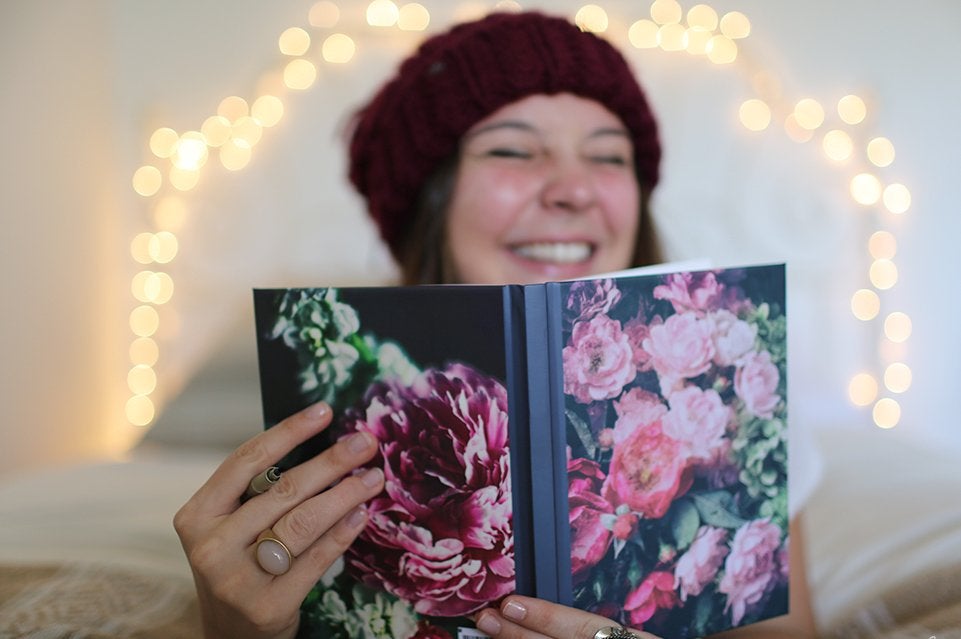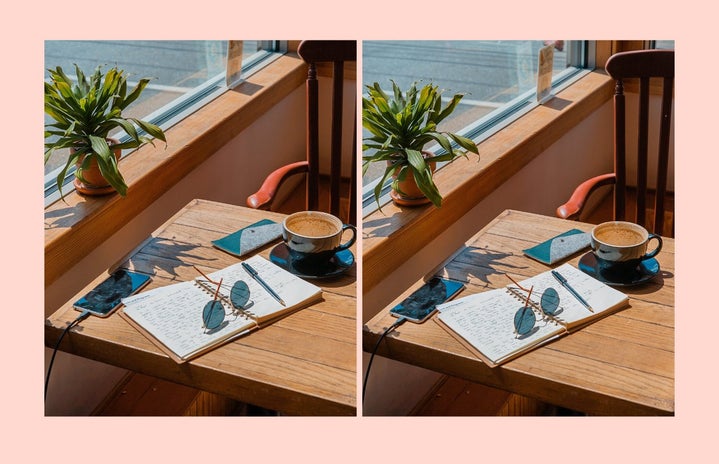I attempted to keep a diary or a journal countless times throughout middle school and high school, but it never felt right. When I tried to keep a diary, I felt like a silly fifth-grader with a crush on the boy who sits in front of me in class. When I tried to keep a journal, I had no idea how to organize any of my tasks or ideas. I’ve always loved list-making, putting my feelings on paper and organization; but I never knew how to translate those passions into something succinct.
It wasn’t until college that my sister introduced me to bullet journaling, and it has changed my life. I like to describe the bullet journal as a mix between a planner, diary and journal. The creators of bullet journaling explain it as, “a mindfulness practice disguised as a productivity system. It’s designed to help you organize your what while you remain mindful of your why.”
There are a variety of bullet journaling methods, but the traditional one is made up of an index, a future log, a monthly log, and a daily log. Different symbols denote different things (ie; tasks are marked with a bullet point, events are marked with a circle and notes are marked with a dash). The ins and outs of the practice can be found in this tutorial; but the joy and effectiveness of bullet journaling isn’t found in getting all of the details right, but rather in having a consistent goal to live a more purposeful and organized life.
My favorite aspect of bullet journaling (which isn’t part of the classic methodology) is the monthly habit tracker. I keep track of when I spend money on food and when I spend money on other items, as well as exercising, stretching, eating dessert, drinking coffee, drinking alcohol, my period, getting more than 7.5 hours of sleep, reading the news and calling or Facetiming people. I shade in the box when I have done the activity/task/habit that day. For me, this is the most grounding part of the practice because it forces me to look at my choices and behaviors on paper.
You might be thinking that bullet journaling sounds rigid and like you need to stick to a specific formula, but there’s a ton of room for creative freedom. In addition to the fact that most people organize their tasks and logs differently, many people also add their own art and doodles to the journal. I create a cover page for each month that correlates to the weather or holidays of the season. Many people who have a bullet journal also experiment with fonts/calligraphy and stickers.
The best part of bullet journaling is that you can make it whatever you want to be. If you’re feeling inspired, check out these guides and articles to start your bullet journal experience!
-
THE ULTIMATE BULLET JOURNAL GUIDE FOR BEGINNERS AND BEYOND IN 2020
-
WTF Is A Bullet Journal And Why Should You Start One? An Explainer
-
The Bullet Journal Method: Track the Past, Order the Present, Design the Future
-
13 Inventive Bullet Journal Ideas: Layout Ideas for Newbies and Experts
Happy bullet journaling!




